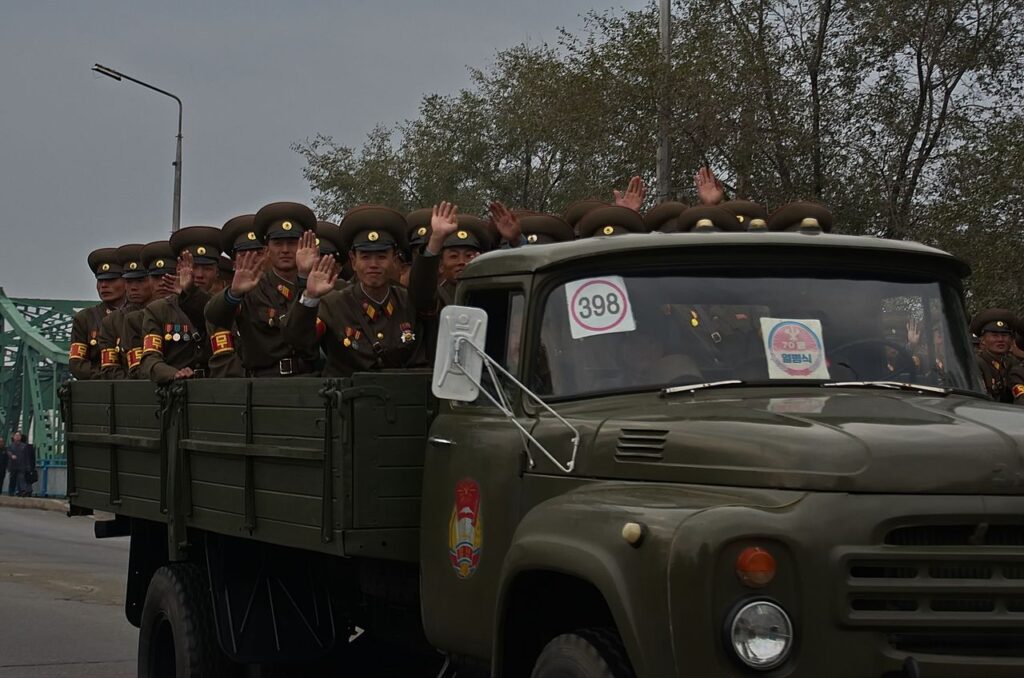Forbes: Ukraine’s artillery decimates North Korean troops with US cluster munitions
One improved Dual-Purpose Conventional Munition (DPICM) shell releases 88 submunitions.


In Kursk Oblast, an attack by North Korean soldiers on the positions of the Ukrainian 17th Heavy Mechanized Brigade failed, as Ukrainian forces reportedly struck them with cluster munitions, says David Axe, a military analyst, in Forbes.
In October 2024, reports emerged confirming the deployment of approximately 10,000 North Korean troops to Russia, specifically to assist in military operations against Ukraine in the Russian Kursk Oblast. This move reportedly aims to bolster Russian forces amid ongoing war, with North Korea reportedly seeking economic support and military supplies in exchange for its involvement.
According to the report, drone footage of the North Korean assault shows US-made cluster munitions—likely Dual-Purpose Improved Conventional Munitions (DPICM) artillery shells—deploying over the battlefield, scattering deadly submunitions the size of grenades.
Reports indicate that North Korean soldiers suffered hundreds of casualties due to the use of these cluster shells.
“For all their effectiveness, the shells arrived late to the war. The United States didn’t start providing surplus DPICM shells to Ukraine until the summer of 2023—more than a year into Russia’s wider invasion of Ukraine,” the report states.
Although these munitions pose significant risks to friendly forces and civilians, Ukraine accepted the risks without hesitation due to Russia’s overwhelming advantage in manpower and equipment and began deploying DPICMs.
According to data from the US Army, cited by the Royal United Services Institute (RUSI) in London, it may take 14 standard 155-mm shells to neutralize one enemy soldier, compared to just two DPICM shells—each dispersing 88 submunitions. These lethal DPICM rounds not only kill more efficiently but also allow artillery batteries to achieve the same effect with fewer shells.
Ukraine’s demand for DPICMs is largely driven by their operational impact on artillery ammunition stocks and barrel life, analysts Jack Watling and Justin Bronk from RUSI noted.
“With each barrel having a life of around 1,800 rounds, giving Ukraine DPICMs will mean it has to fire fewer total rounds for a given battlefield effect, allowing it to sustain the fight for significantly longer,” Watling and Bronk added.
Ukrainian artillery, despite being outgunned by Russian forces, remains operational. It fires shells that neutralize enemies—both Russian and North Korean—at the rate of one soldier per two shots.
Read also:
- US warns Russia against deploying North Korean troops in Ukrainian territory
- ISW: Russia denies North Korean troops in Kursk to mask military dependence
- Zelenskyy: Russians burn faces of killed North Korean soldiers to conceal losses
- Forbes: North Korean forces conduct large infantry assaults in Kursk Oblast
You could close this page. Or you could join our community and help us produce more materials like this.
We keep our reporting open and accessible to everyone because we believe in the power of free information. This is why our small, cost-effective team depends on the support of readers like you to bring deliver timely news, quality analysis, and on-the-ground reports about Russia's war against Ukraine and Ukraine's struggle to build a democratic society.
A little bit goes a long way: for as little as the cost of one cup of coffee a month, you can help build bridges between Ukraine and the rest of the world, plus become a co-creator and vote for topics we should cover next. Become a patron or see other ways to support.



